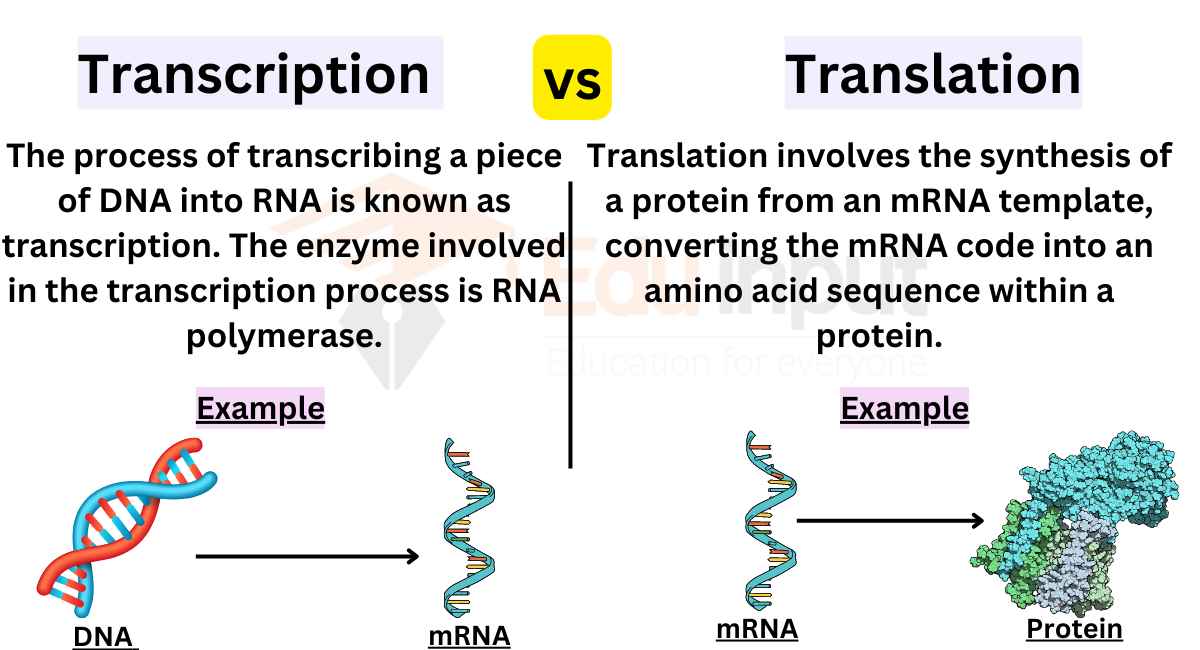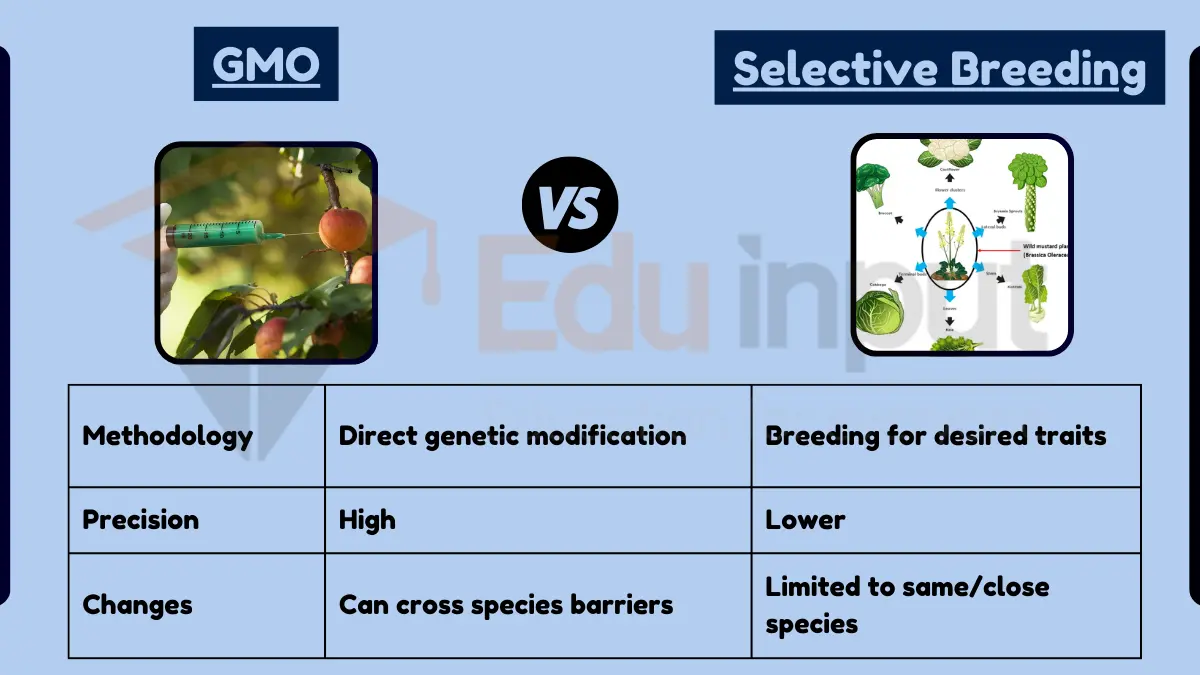Difference Between Cutaneous and Subcutaneous Mycoses
December 23, 2023
Table of Contents
Key Difference
Cutaneous and subcutaneous mycoses are both types of fungal infections but differ in their depth and area of infection. Cutaneous mycoses affect the skin, hair, and nails, often manifesting as rashes or lesions. Subcutaneous mycoses, on the other hand, occur beneath the skin, caused by fungi penetrating deeper layers, often through wounds or injuries.

Comparative Analysis
- Infection Depth:
- Cutaneous: Skin surface, hair, nails.
- Subcutaneous: Beneath the skin.
- Common Causes:
- Cutaneous: Dermatophytes and yeasts.
- Subcutaneous: Trauma introducing fungi to deeper tissues.
- Symptoms:
- Cutaneous: Itchy rashes, scaly skin.
- Subcutaneous: Nodules, ulcers.
Table Summary
| Feature | Cutaneous Mycoses | Subcutaneous Mycoses |
|---|---|---|
| Depth | Skin surface | Beneath the skin |
| Causes | Dermatophytes, yeasts | Trauma, deeper fungi |
| Symptoms | Rashes, scaly skin | Nodules, ulcers |
Cutaneous and subcutaneous mycoses differ in their depth of infection and symptoms, requiring different approaches for treatment and management.
File Under:







Leave a Reply